Types of Dental Crowns
Flash your smile with a gold or natural-looking dental crown!

Types of Crowns: Advantages and Disadvantages
If there is a fractured or broken tooth in your mouth, don't hesitate - it may be restorable! Call your dentist and ask about crown options. A crown's purpose is to:
- Help restore a broken tooth to its normal shape and size
- Create a beautiful and aesthetic smile by covering discolored or poorly shaped teeth
- Strengthen and protect a tooth with large fillings or a tooth that has undergone root canal treatment
-
Restoring the tooth can improve self-esteem, speech, and eating. The dentist may
provide crown options or recommend the best treatment plan for you based on your needs,
procedure(s) involved, time, cost, and materials. The following are common dental crowns:
-
Lithium disilicate (E-Max crowns) which is an all ceramic crown made to be light and thin.
- Advantages: may be used to restore front and back teeth, strong, durable, and aesthetic.
- Disadvantages: expensive and chewing surfaces may fracture due to being thin.
-
Zirconia Crowns are made of zirconia and can be designed the same day in the dental office
using a cutting-edge dental milling machine.
- Advantages: zirconia-based crowns can last over five years due to their strength and are biocompatible (cause low allergic reactions). The material creates a beautiful smile and can resist bruxism (clenching/grinding).
- Disadvantages: Zirconia has an opaque appearance which can appear less natural for the front teeth. While it is high in strength, the hardness may cause wear and tear on opposing teeth.
-
Porcelain Crowns are made of 100% porcelain and provide the most natural
looking teeth in shape and color.
- Advantages: biocompatible, natural looking, can create natural stains to match adjacent teeth.
- Disadvantages: porcelain can be fragile and crack or chip; the natural tooth has to be ground down to accommodate the crown causing tooth sensitivity to hot and cold.
-
Porcelain Fused-to-Metal Crowns (PFM) are made of a variety of metals (including gold)
with a porcelain coat that covers the cap.
- Advantages: PFM crowns are not as expensive as an all porcelain crown and are more durable. They can be custom stained to match adjacent teeth.
- Disadvantages: PFM crowns present a grey line at the gum line due to having a metal base. Some patients may not want this showing on the front teeth. The opposing teeth may become worn down if the patient has bruxism.
-
Gold Crowns appear gold in color, but are made of a combination of metals:
gold, platinum, silver, and copper.
- Advantages: gold crowns are durable and strong; the crown requires less natural tooth removal. Gold crowns wear down slowly and can withstand high chewing pressure, which makes them ideal for the back teeth.
- Disadvantages: the metals can affect some patients and cause an allergic reaction; gold may not be a favorable shade to have as a part of the teeth color.
- Stainless Steel Crowns are silver in color and typically used as a temporary restoration. Stainless steel crowns are most often used on children because they are affordable, pre-made, and durable. The crown can last up to 10years and will fall out with the baby tooth.
-
Lithium disilicate (E-Max crowns) which is an all ceramic crown made to be light and thin.
Crowns can last a lifetime if they're well cared for. Proper care for dental crowns include:
- Avoiding sticky/hard foods
- Brushing and flossing regularly
- Regular dental cleanings
Contact your dentist if you're experiencing tooth sensitivity, allergic reaction, chipped crown, or if the dental crown fell off.
Dental Insurance Coverage on Crowns
If there is major tooth decay, fracture, or a broken tooth present, additional dental procedures may be needed such as root-canal, build-up, or post-and-core to stabilize the tooth. Additional procedures will contribute to the overall cost of tooth restoration which can range from $800.00 to several thousands.
Crowns are considered a major restorative service and are classified as Class C Major in your Blue Cross Blue Shield FEP Dental benefits brochure. Discuss with your dentist about sending a treatment plan in for a pre-estimate and call customer service if you have any questions.






